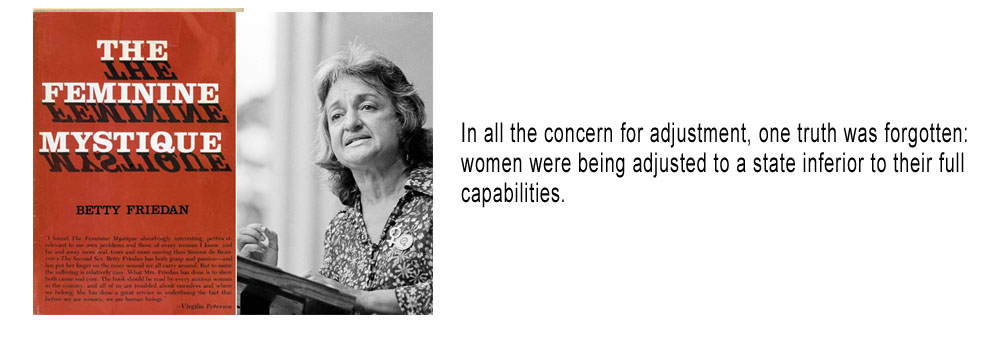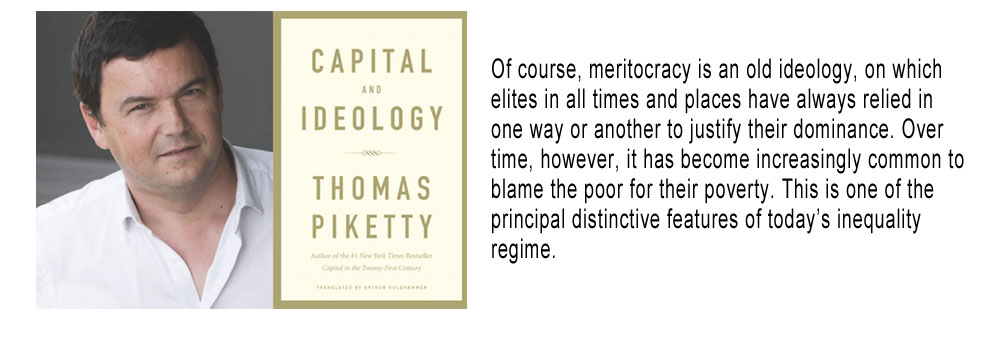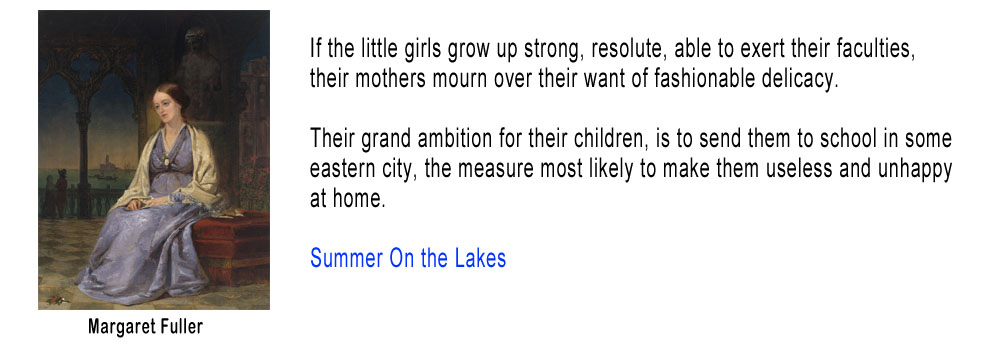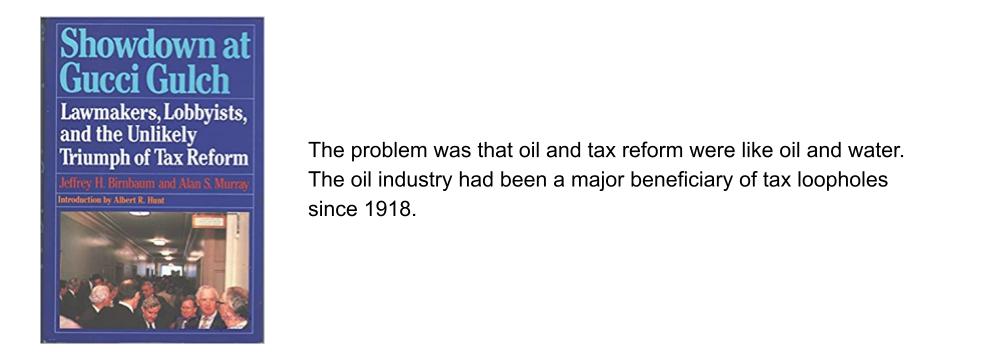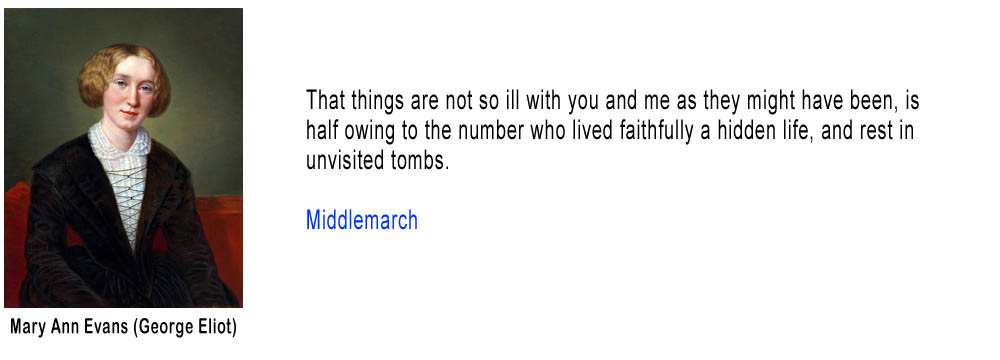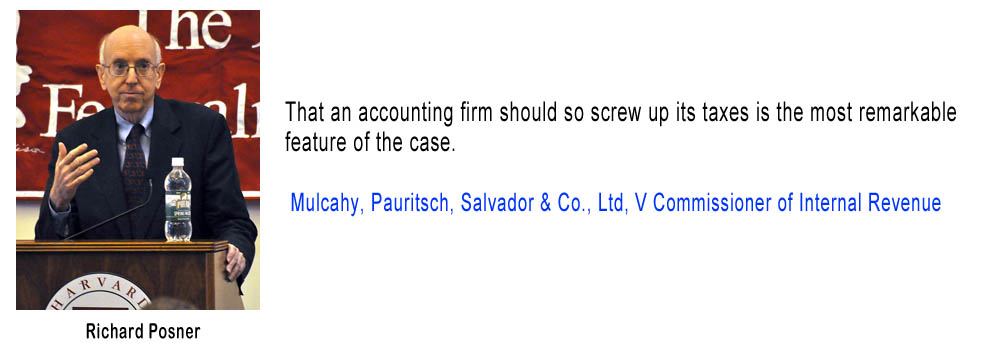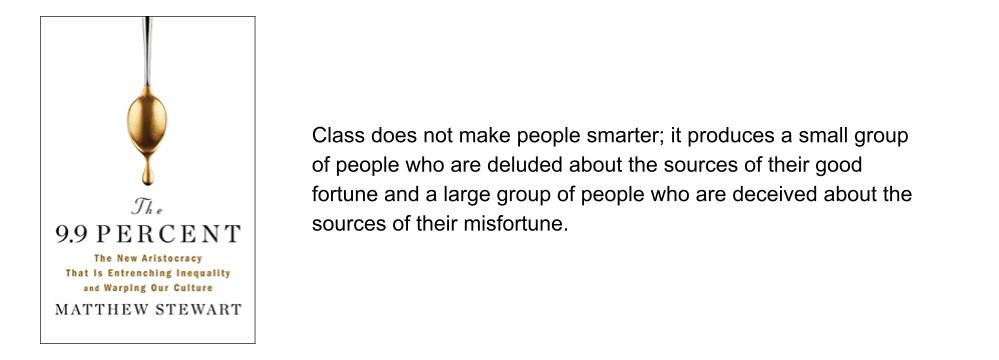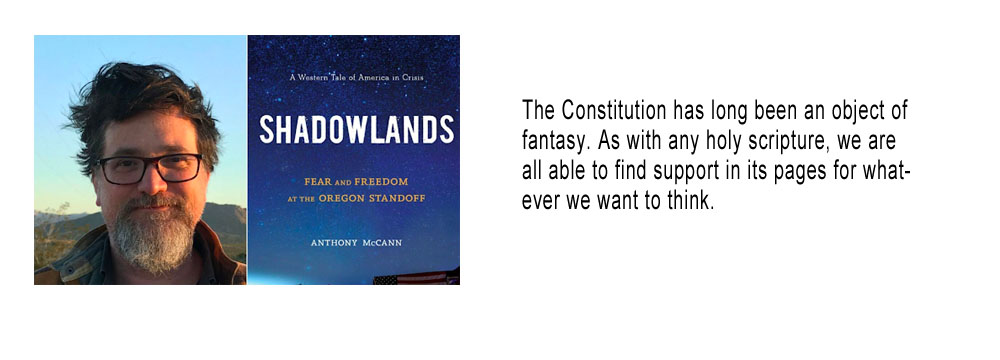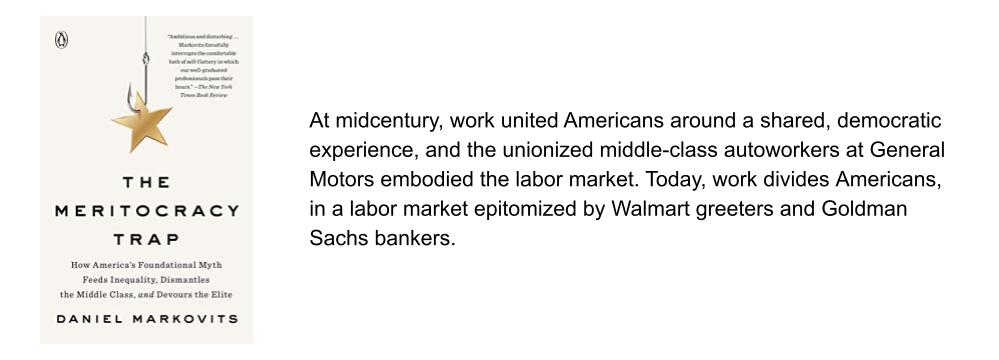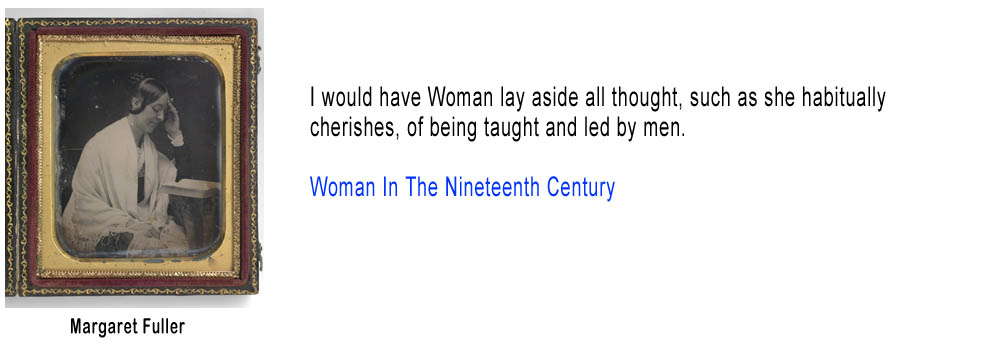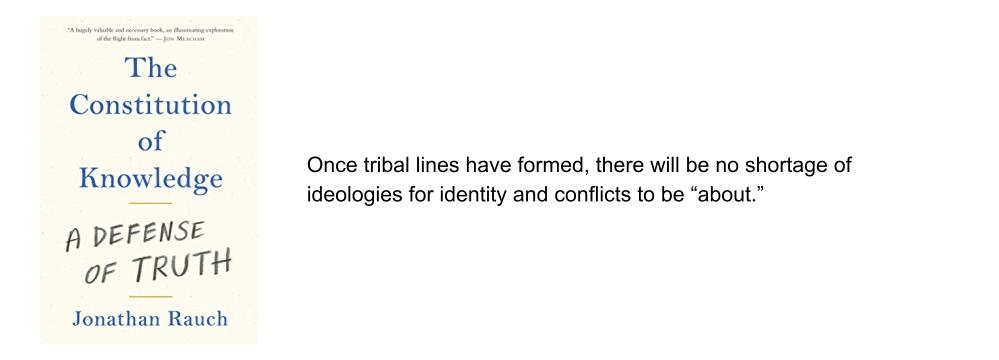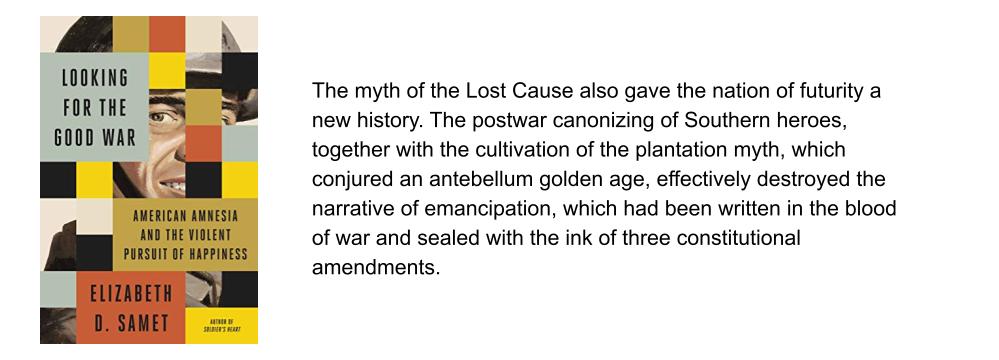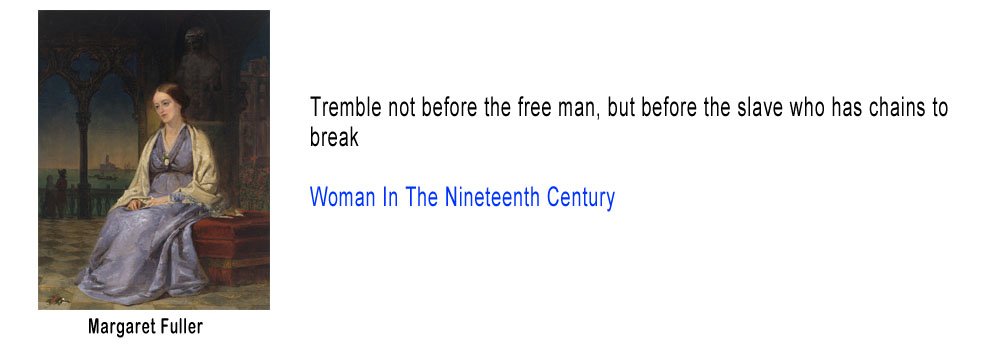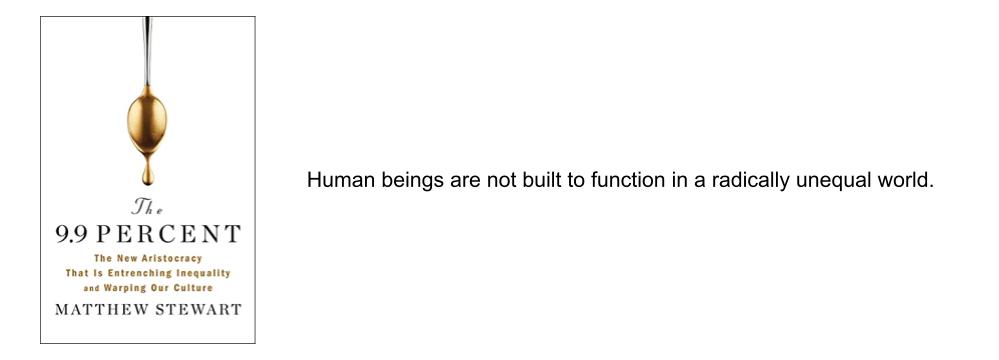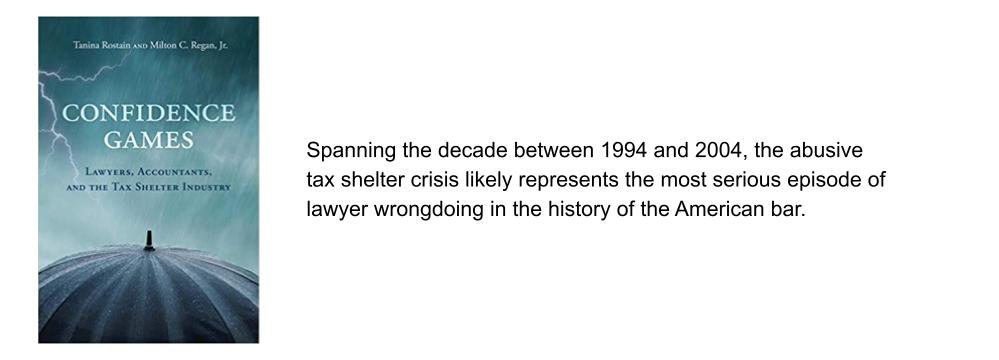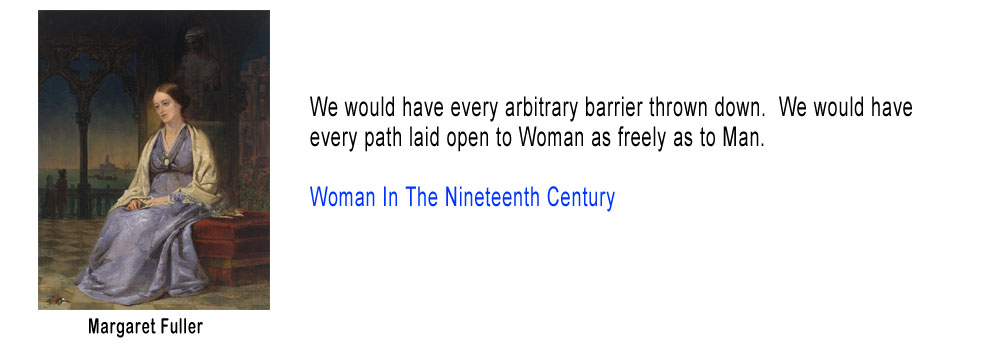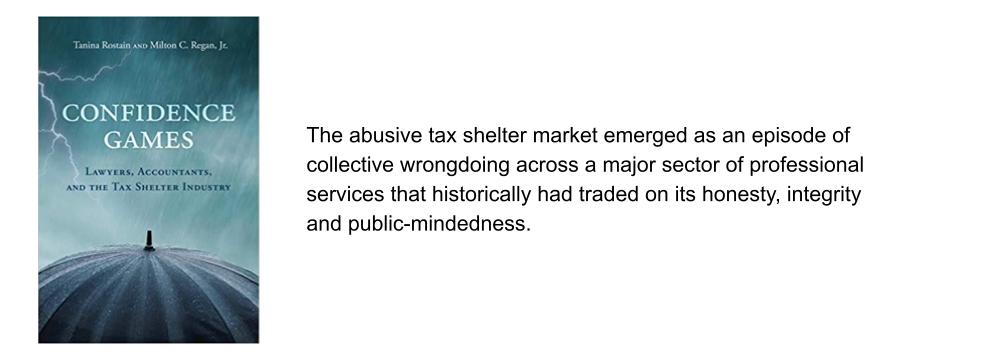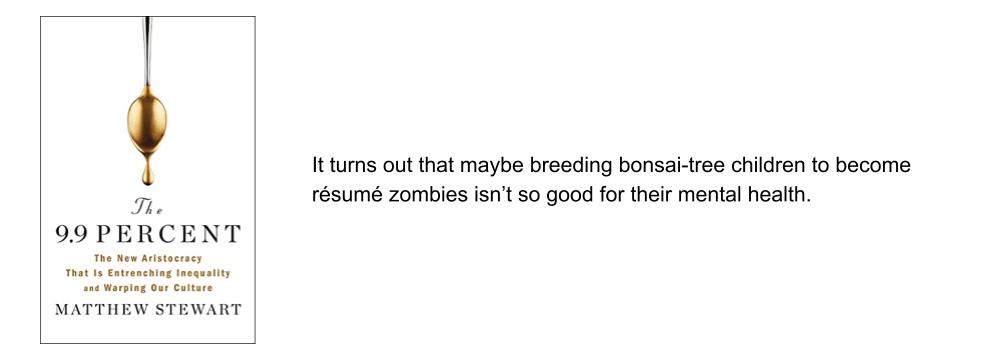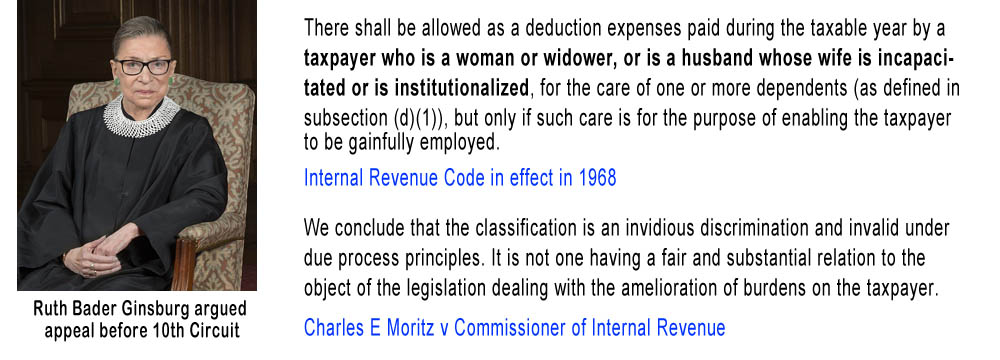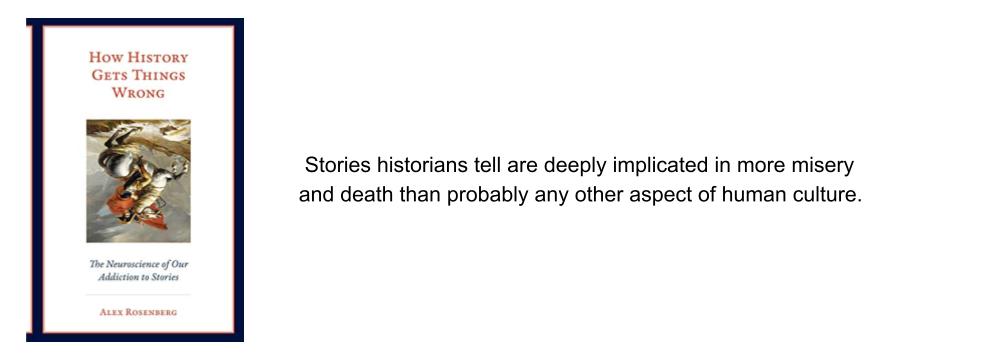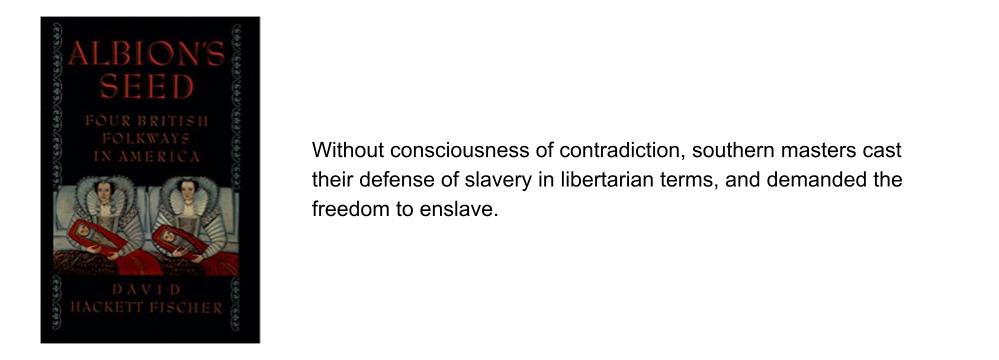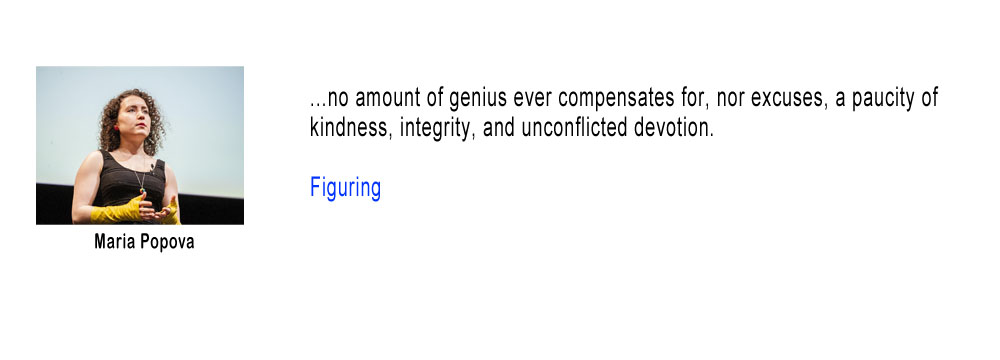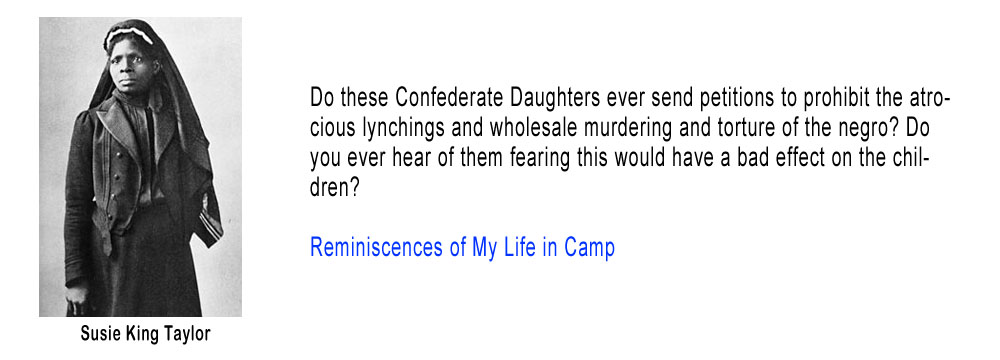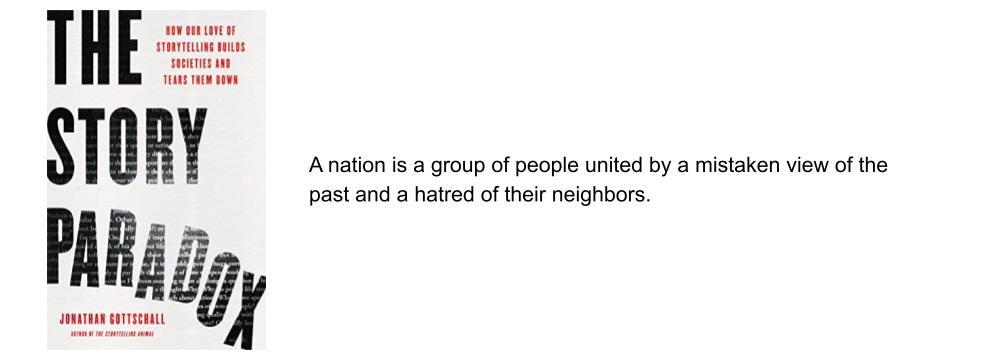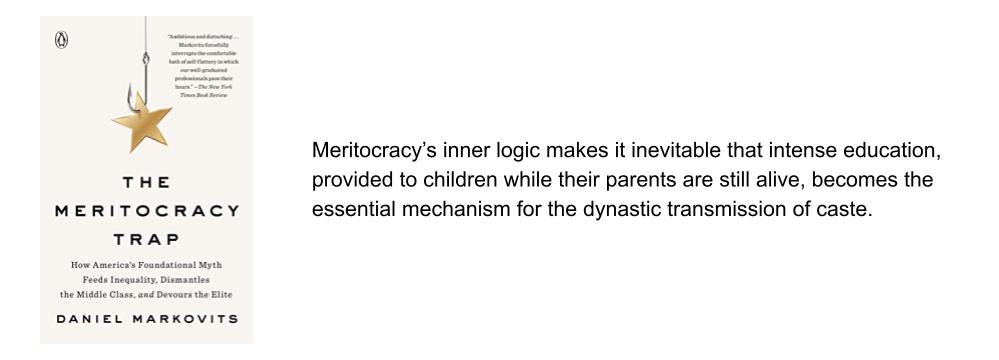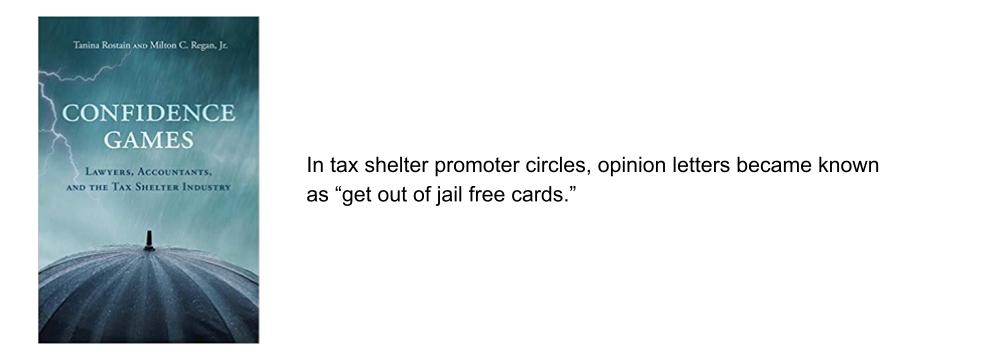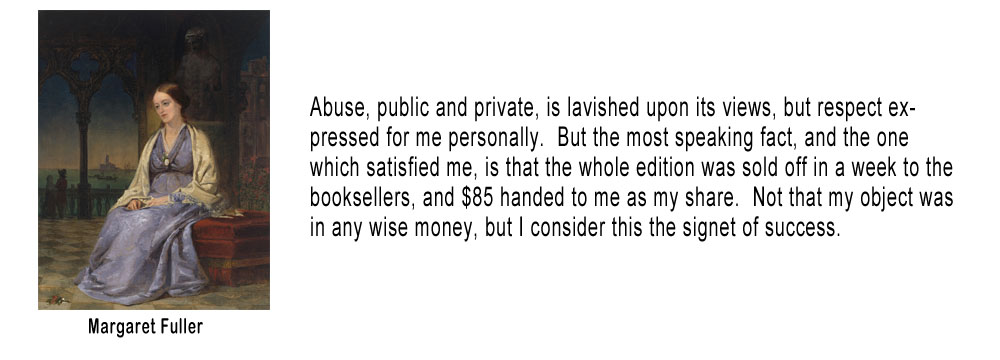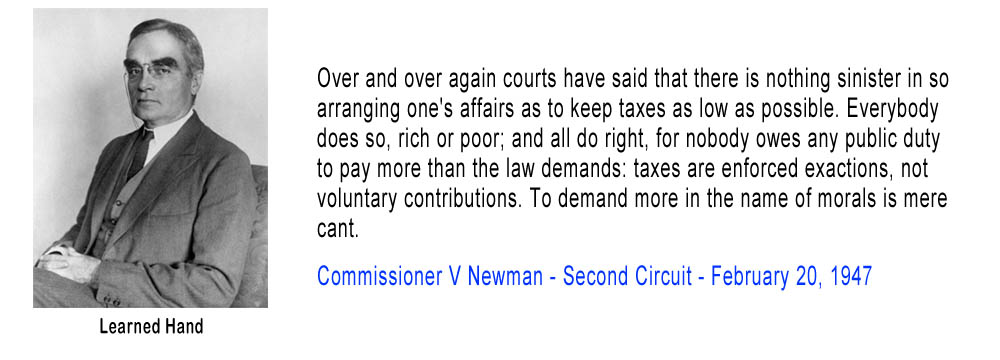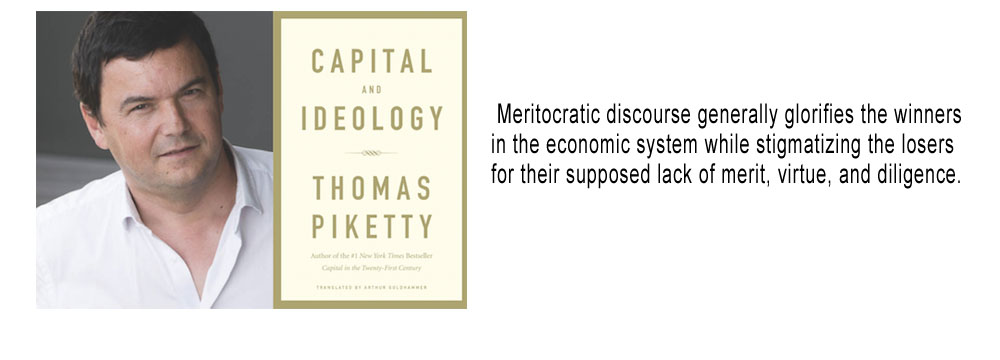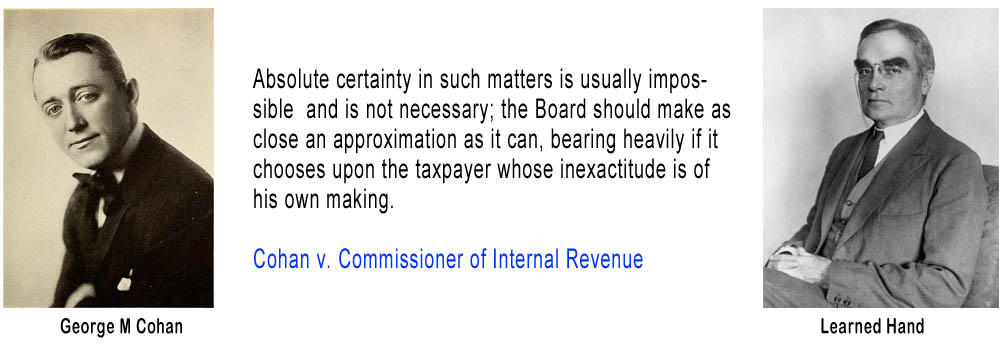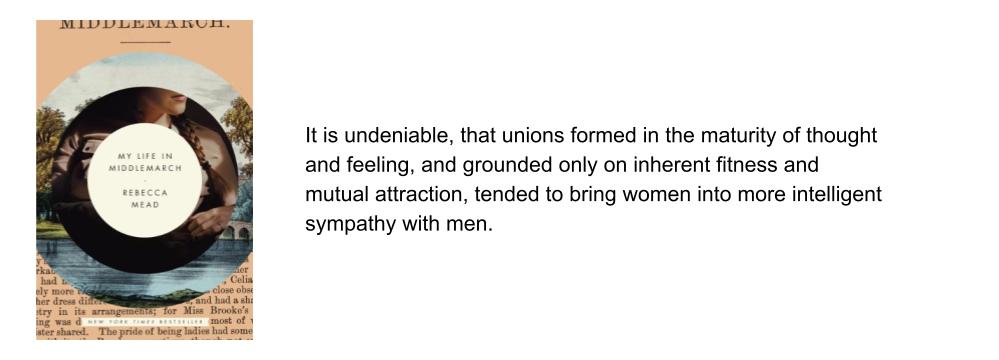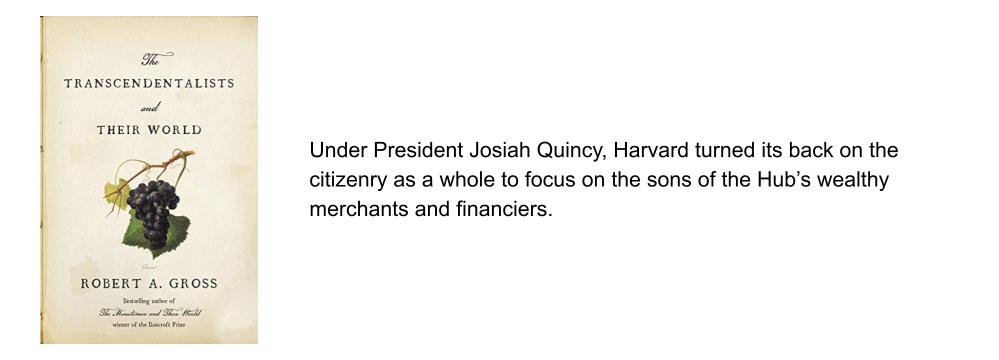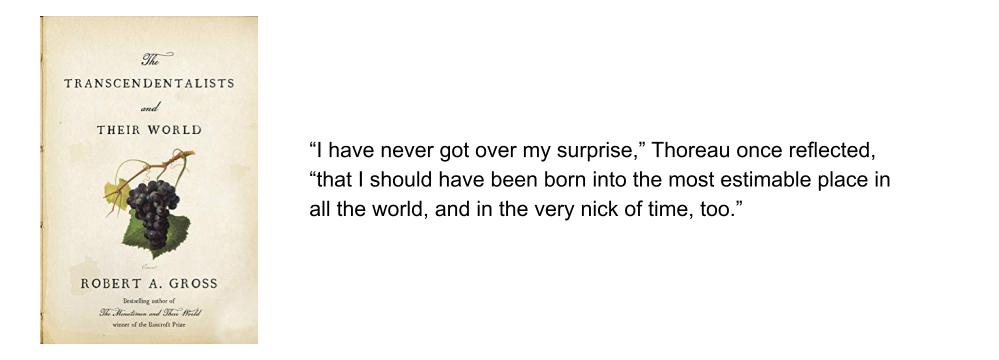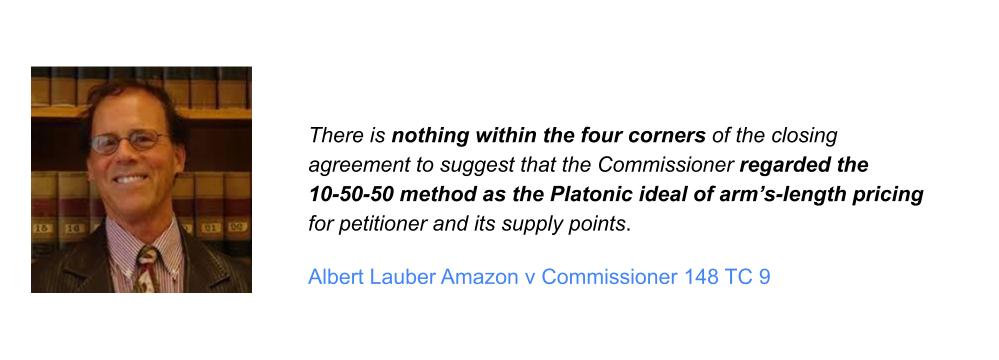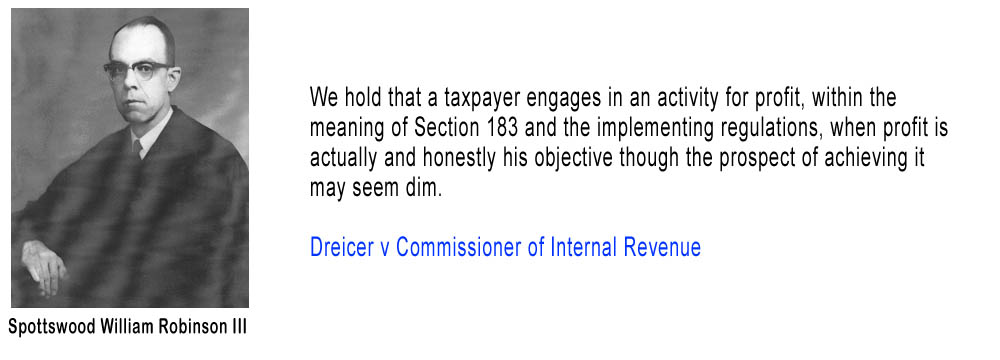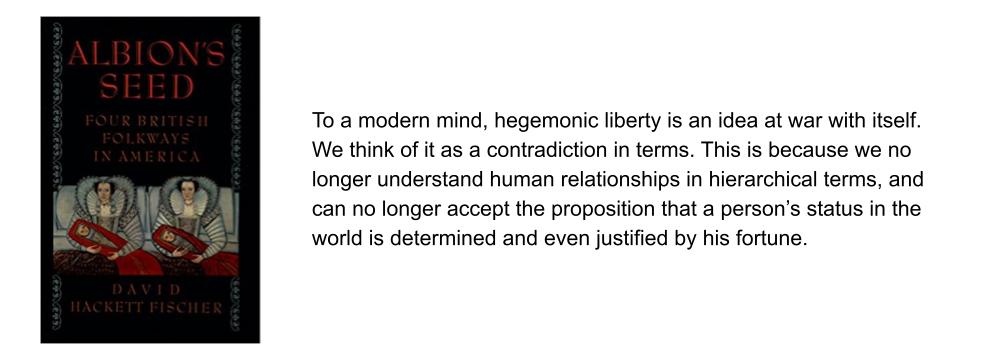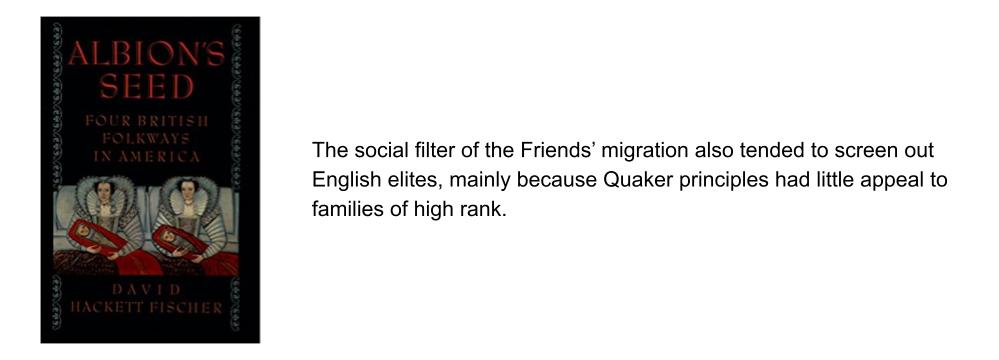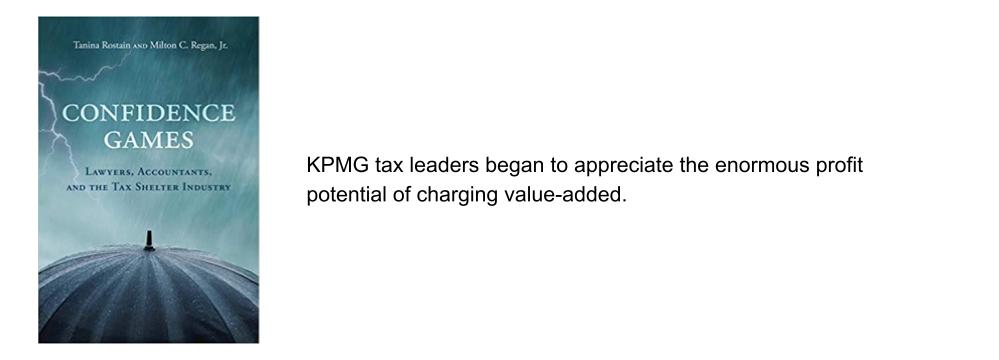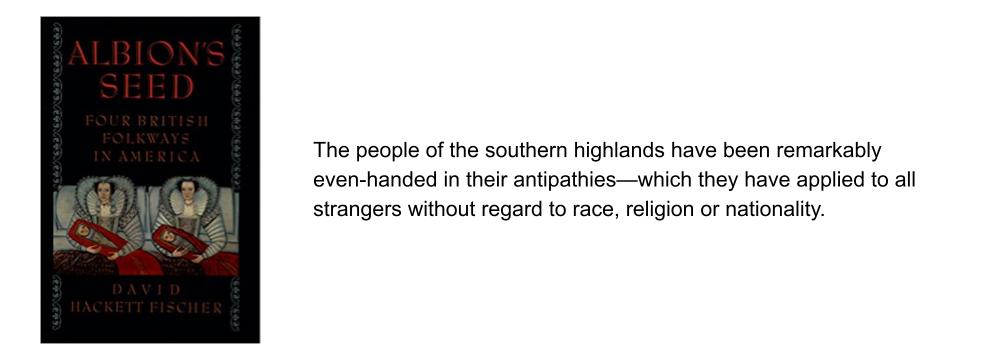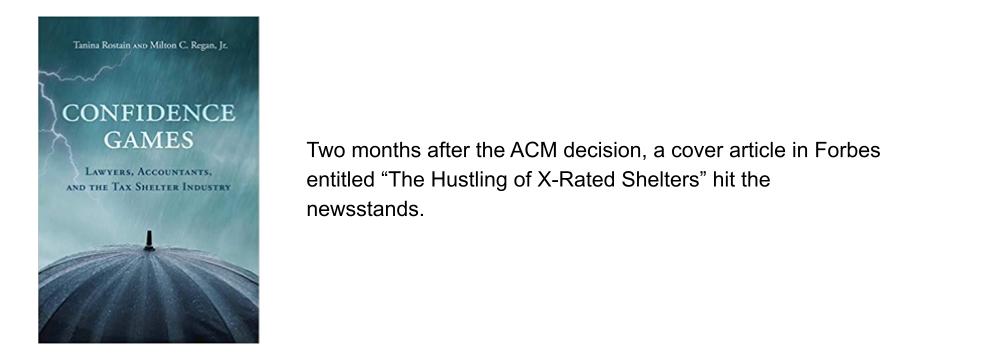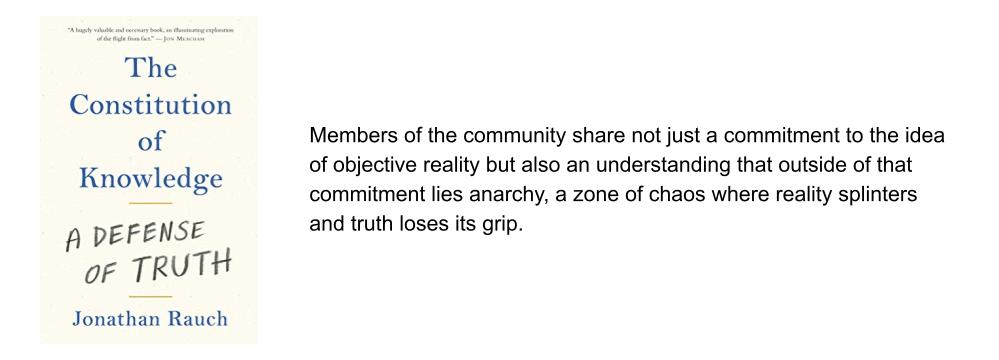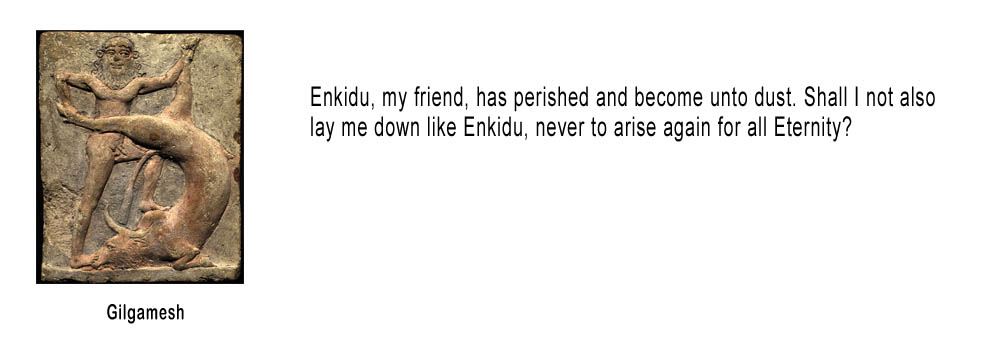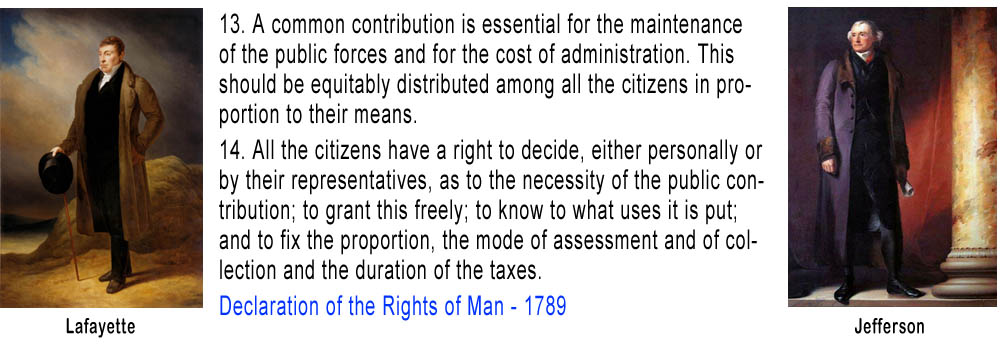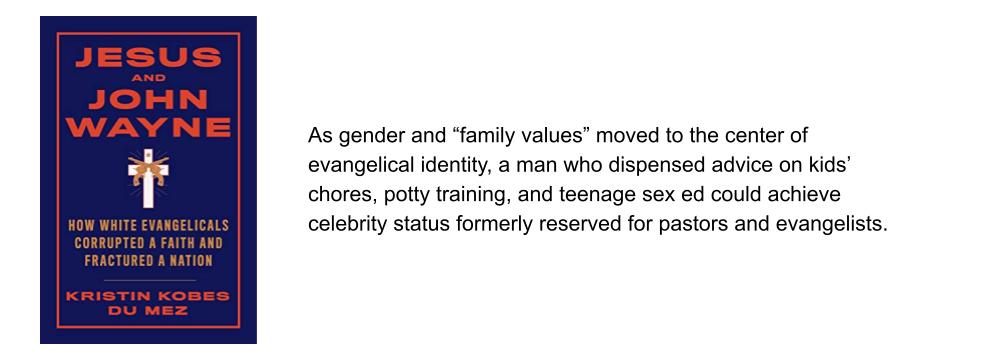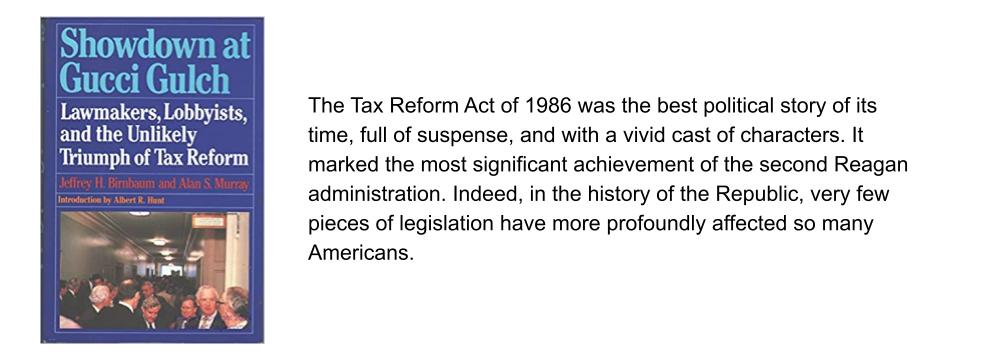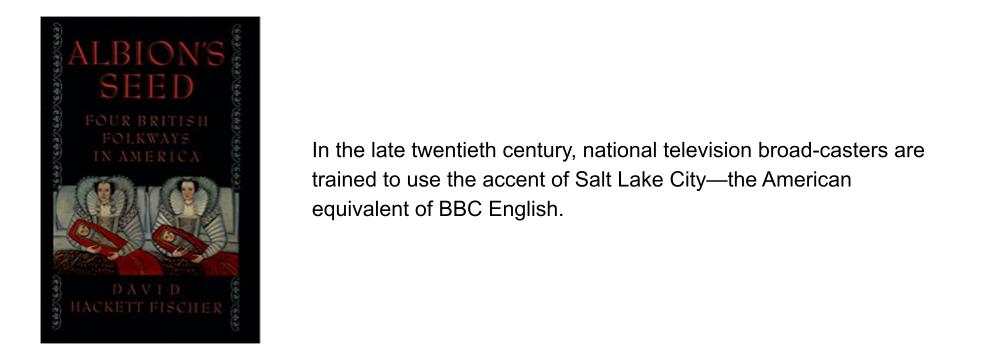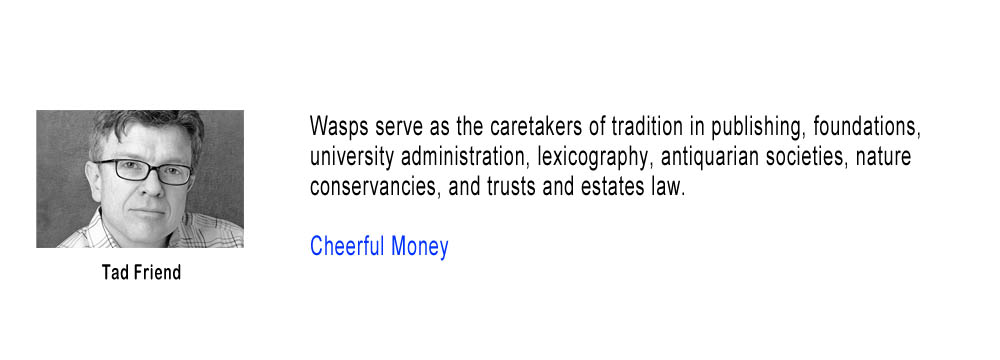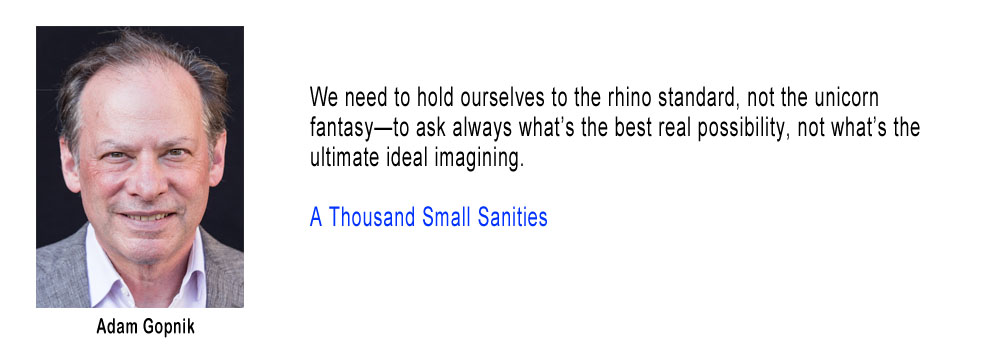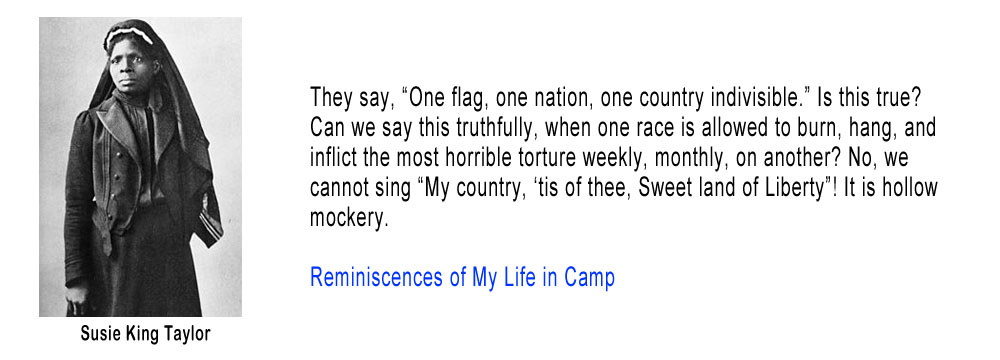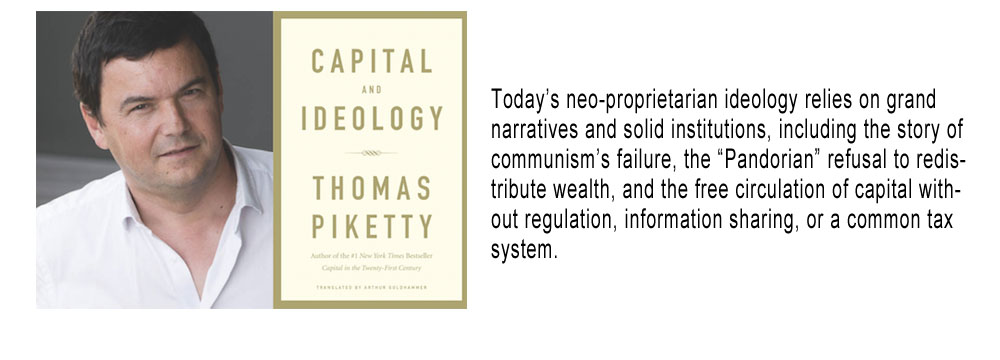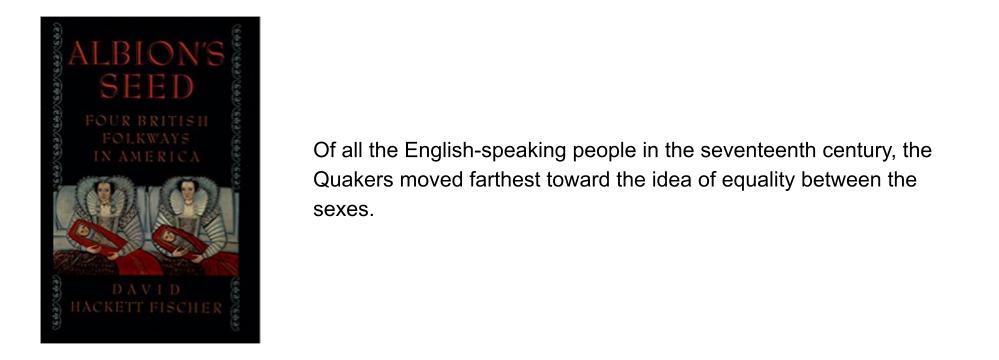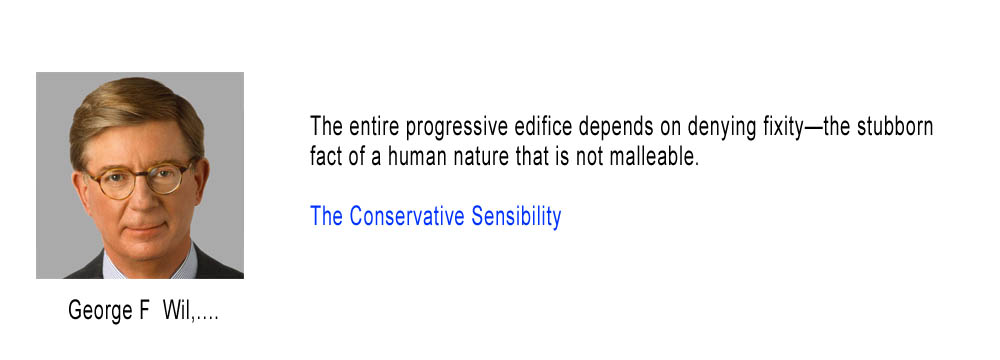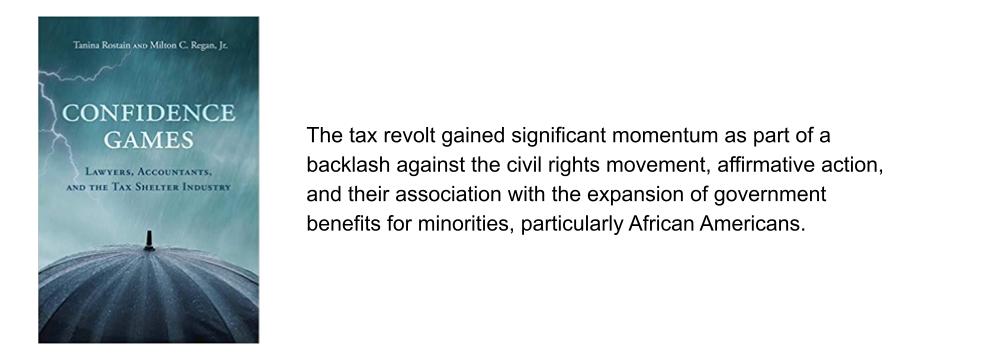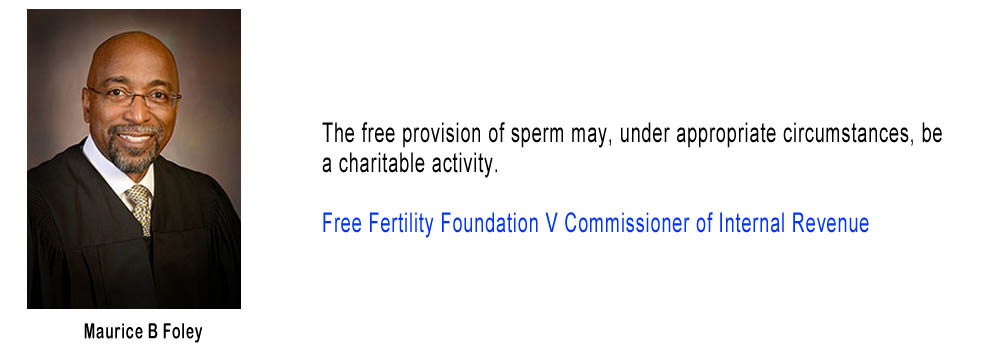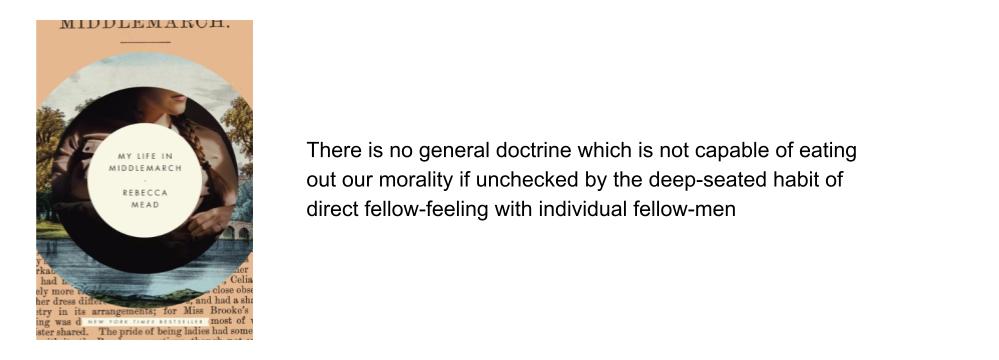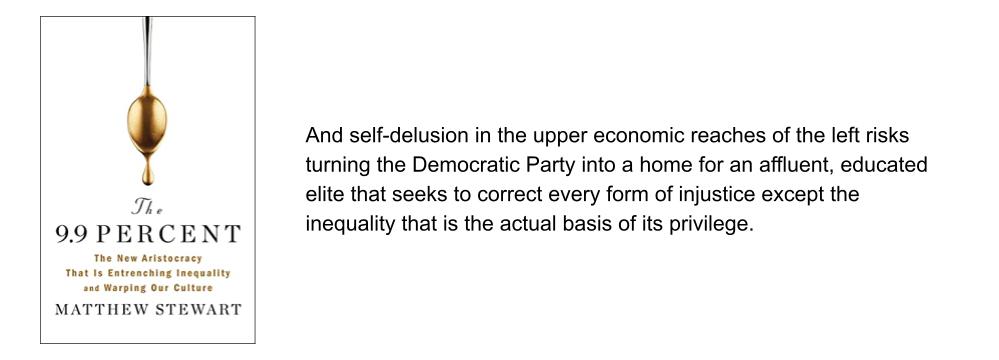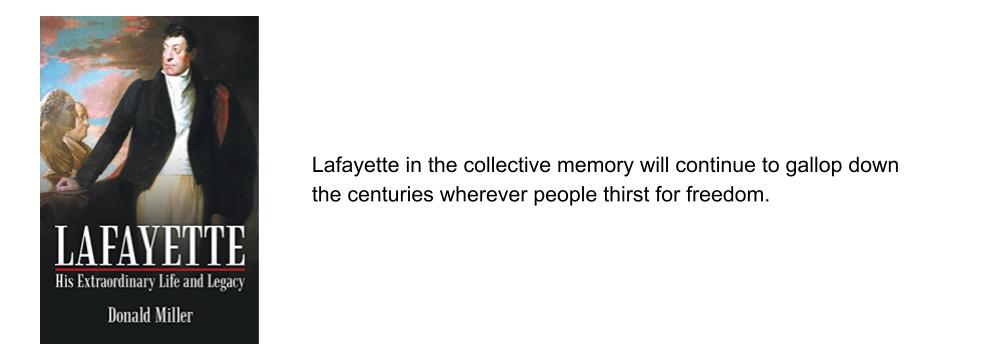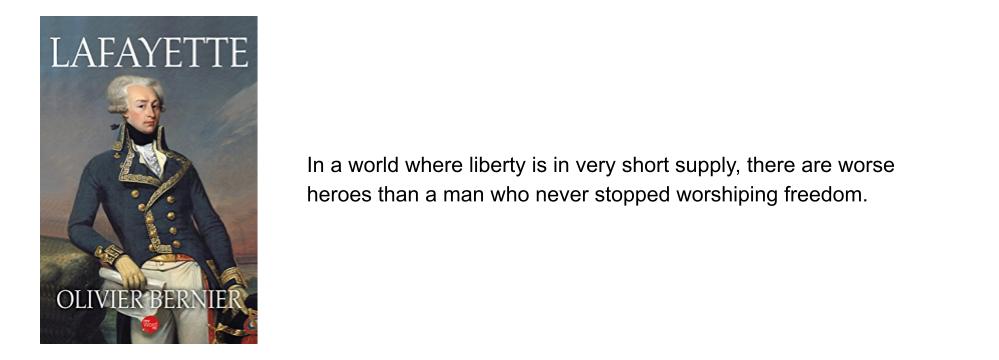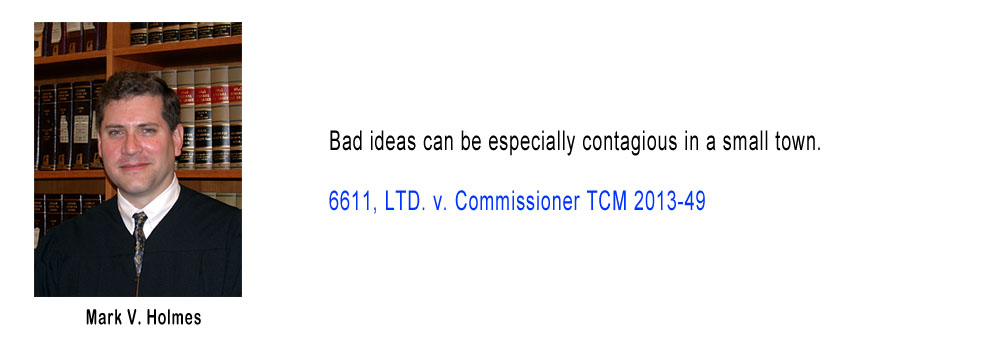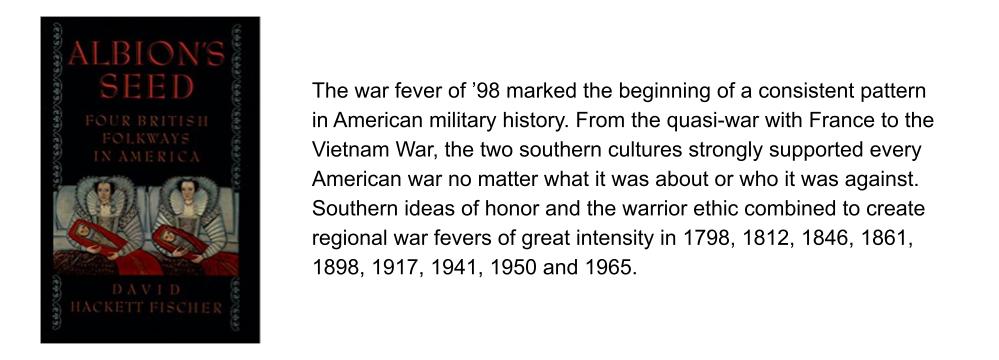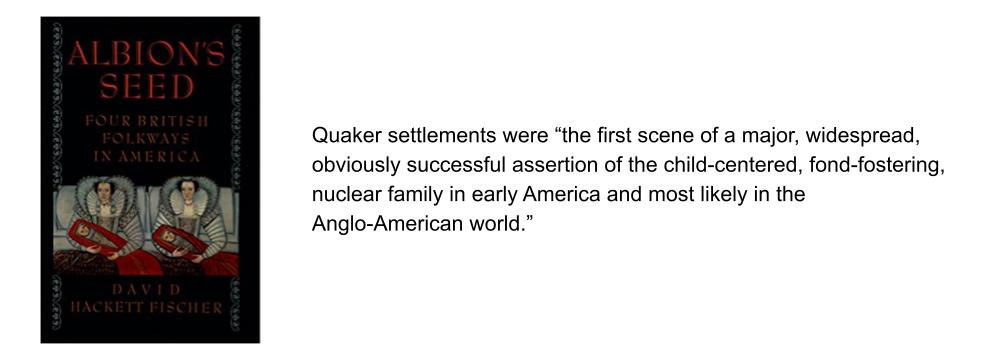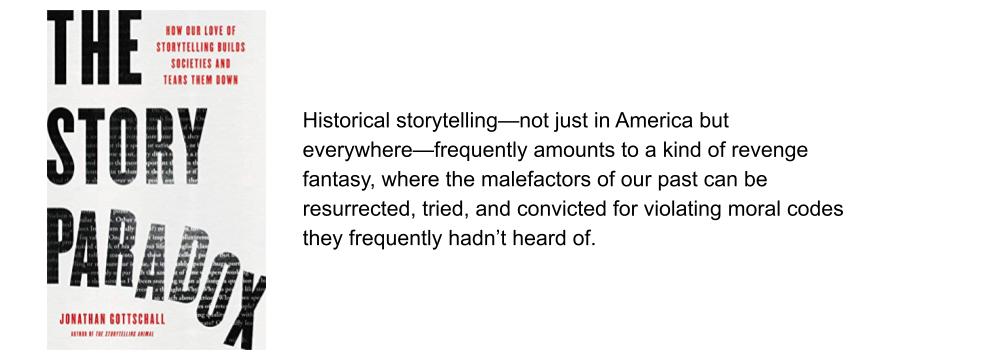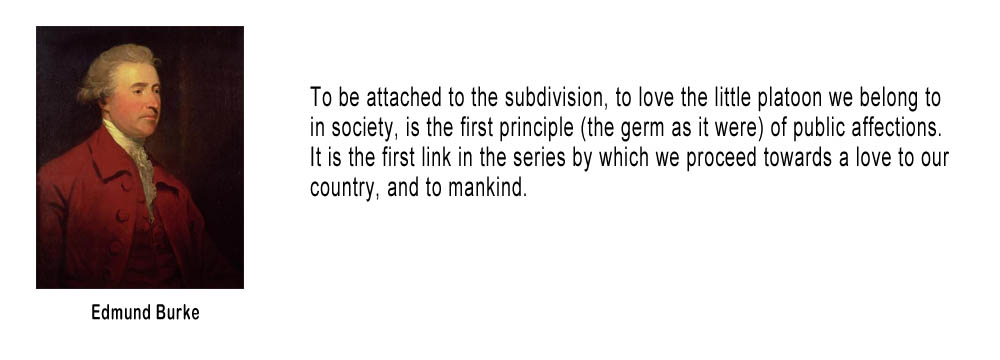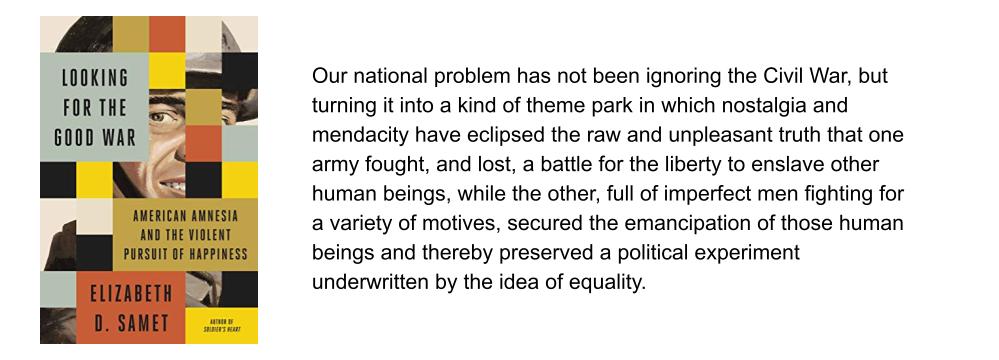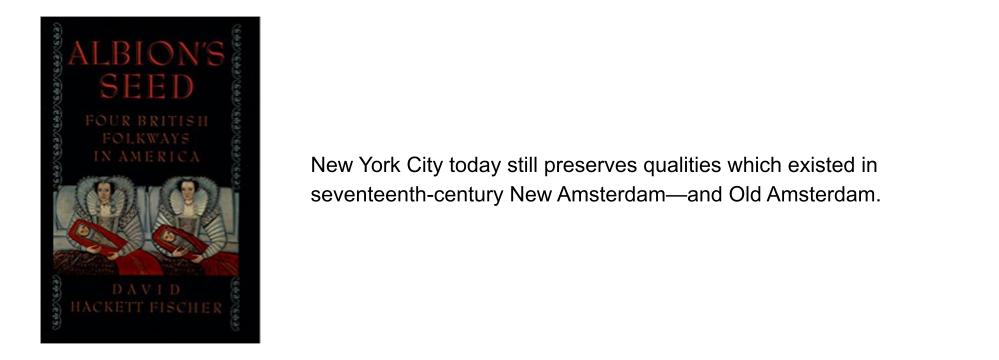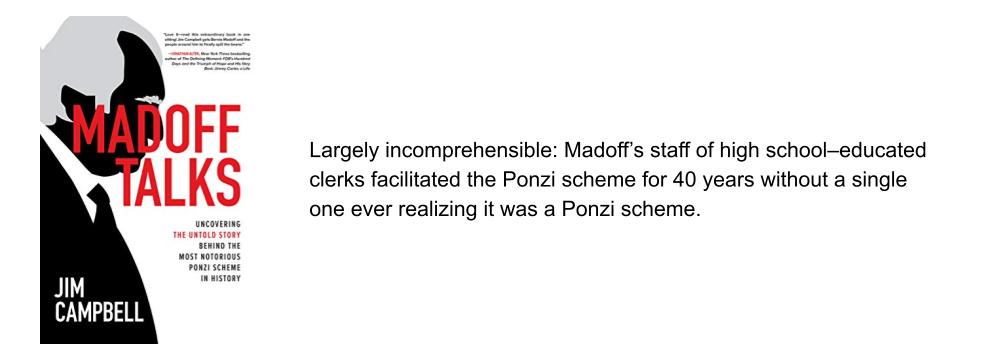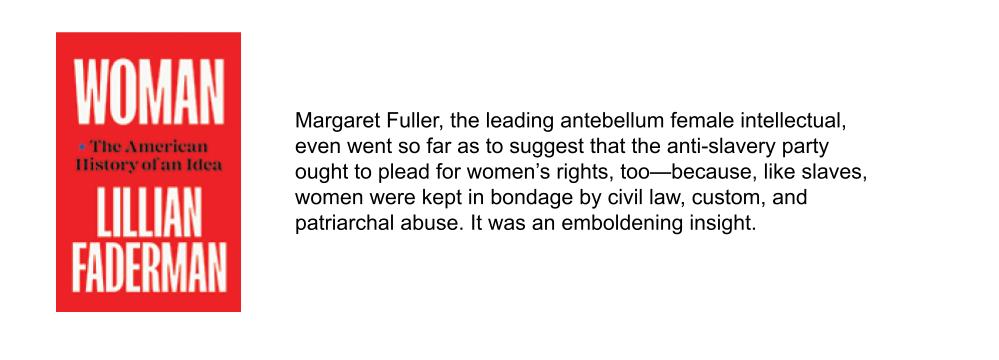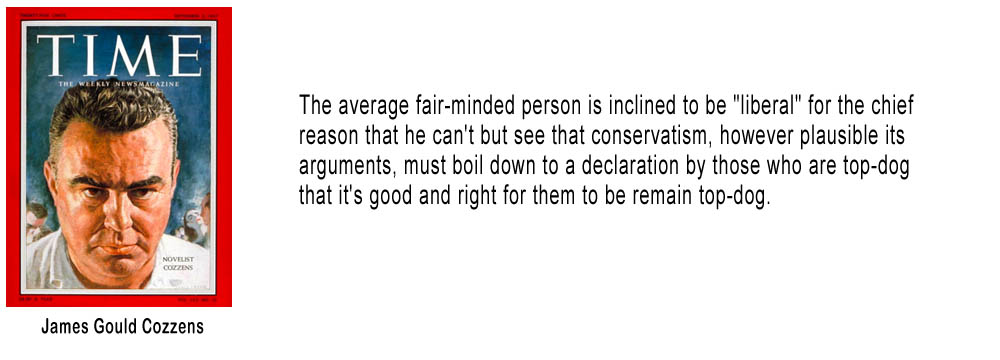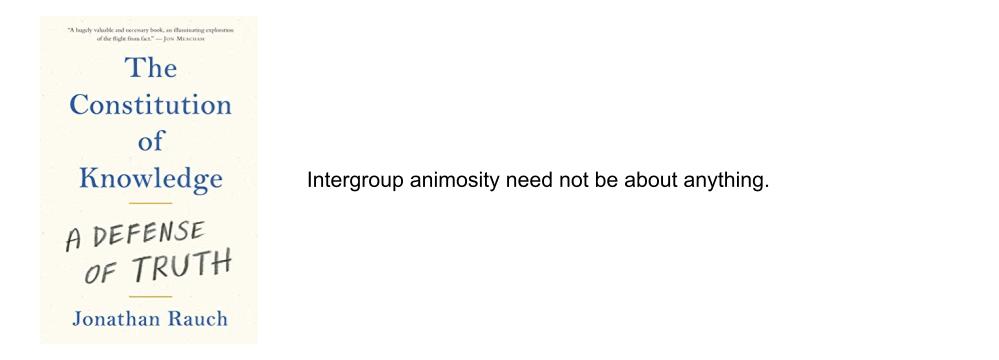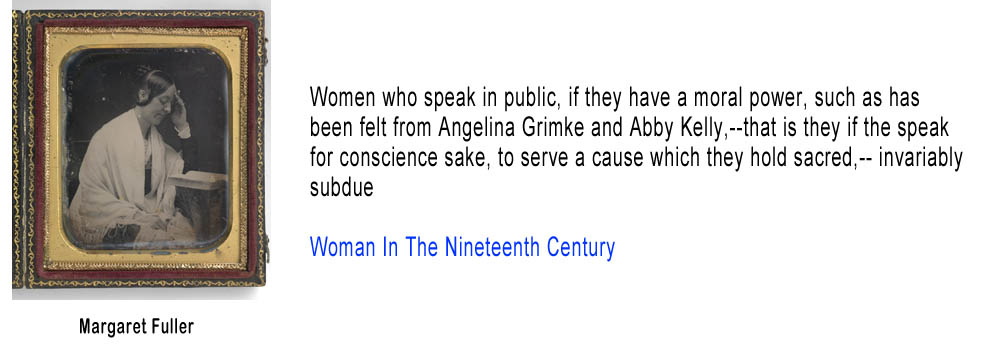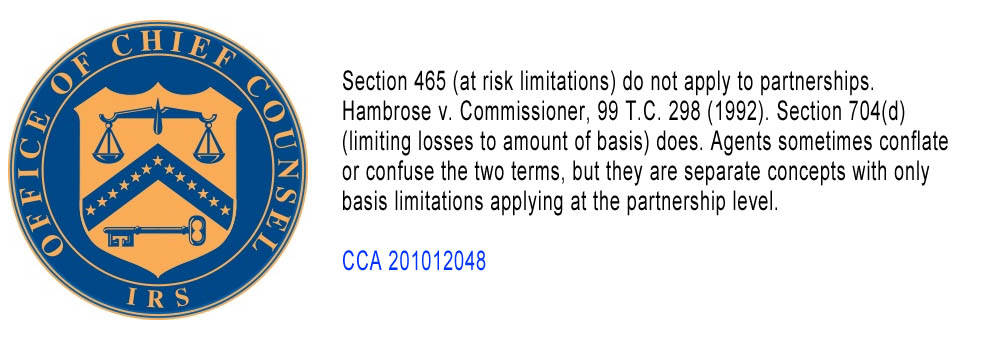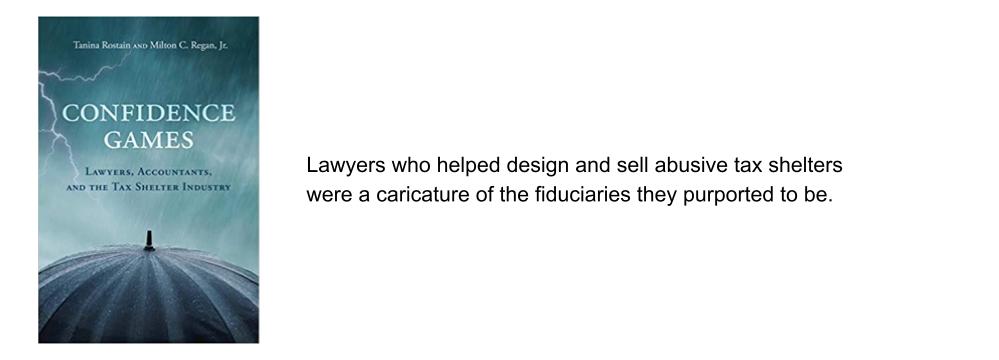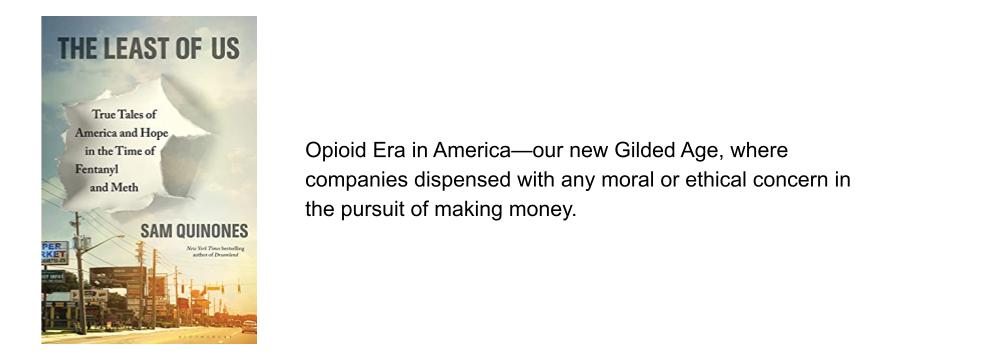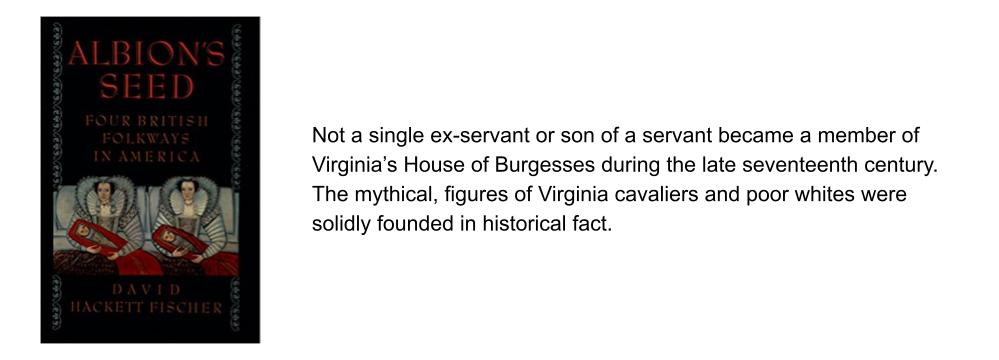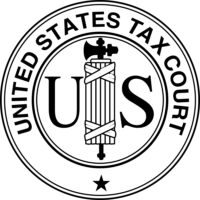Originally published on Forbes.com Sept 5th, 2013
The Tax Court decision in the case of Capital Gymnastics Boosters Club has not attracted much notice. I’ve been looking at it, because I find it slightly amusing, one of the three criteria I use in selecting cases and rulings to discuss. Professor Richard Wood of Capital University Law] School seem to think it is a very big deal, though, so maybe we need to take it seriously. The issue is pretty simple. If an organization works on raising funds so that kids can participate in a salubrious activity, that is, in principle, an exempt activity. If each of the people working the fund raisers is doing it so their kid specifically can participate, that is another story. That’s inurement.
Capital Gymnastics Boosters Club had a relationship with a for profit entity called Capital Gymnastics National Training Center, which is referred to as Training Center. Having your kid participate in gymnastic competitions is expensive:
Each athlete’s family paid tuition directly to the Training Center, ranging in FY 2003 from $200 per month for the youngest age groups to $330 per month for the oldest age groups. The families also paid to third parties (not to the Training Center or Capital Gymnastics) other expenses, such as national dues, a registration fee of $100, the cost of specialized equipment such as grips and official gym uniforms, and the expenses of travel to gymnastics meets, including airline tickets, hotels, and restaurants for the athletes (and for their parents if they chose to attend the meets).
Then there is the cost of the competitions themselves. The booster club took care of that. Membership in the booster club was mandatory for parents of athletes who trained for competition at the Training Center.
The cost of membership in the booster club was $40 in annual dues plus an assessment of between $600 to $1,400 per year to cover entry fees and coach travel expenses. If the assessment including late fees were not paid, the athlete could not compete. There were no scholarships.
This is where the fundraising came in. Capital Gymnastics’ fundraisers included selling wrapping paper, discount cards, cookie dough, candles, ornaments, and “scrip”. (Scrip is certificates sold for and redeemable at face value with a merchant. The merchant provides the scrip to the organization at a discount.) If the fundraising had gone towards reducing the assessments in general, there probably would not have been a problem. That was not the way it worked:
For the families that chose to fundraise, Capital Gymnastics awarded points in proportion to the fundraising profit that each family generated. Each point was worth $10. The chairperson of each fundraiser also received a small number of points as an incentive to manage the fundraisers.
Parents who did not participate in the fundraising—slightly more than half of the families—did not receive a benefit from the fundraising activities of the other parents. Rather, families who did not fundraise wrote checks to Capital Gymnastics for their full assessment amount.
This allocation of fundraising benefit solely to fundraising families was conscious and deliberate, since Capital Gymnastics explicitly prevented those it called “freeloaders” or “moochers” from benefiting from the fundraising activity of others.
The organization argued that this was not inurement since there was no way that the money would go to the parents. If they raised more than the current year assessment they got a credit for the subsequent year, but never a refund. They argued that this fund raising technique was actually a “best practice”. The Tax Court did not buy it:
In so holding, we do not criticize (except in the tax-exemption context) Capital Gymnastics’ “point” system. Parents who make a serious financial investment in the development of their children’s athletic abilities should be free to arrange that activity in the manner they choose. The arrangement that Capital Gymnastics developed may well be a rational, wholesome, just, and efficient fundraising method (a proposition as to which we have no jurisdiction to make a declaratory judgment); but even if so, it does not further a tax-exempt purpose. Capital Gymnastics’ arrangement reflects instead the purpose of promoting the financial interests of its fundraising members.
Is This A Big Deal ?
Given the numbers involved, I was puzzled why this went to Tax Court. Professor Wood, as I noted, thinks this is a big deal:
This decision may have far reaching consequences. 501(c)(3) organizations that compensate those who assist with fundraising activities by reducing fees or other payments may risk losing their tax exempt status. Schools that provide tuition relief for parents who assist with fundraising may be particularly vulnerable. Additionally, those who work as fundraisers in exchange for reduced tuition or fees will be required to report taxable income.
Apparently there are quite a few booster clubs out there. If you put “booster” as a search term into GuideStar, you get 11,781 results (For comparison “hunger” yields 1,901). Of course many of the 11,781 are organizations of an entirely different nature such as Seminole Boosters Inc. and Gator Boosters Inc, which each gross over $30 million. Still ParentBooster USA, which does serve similar organizations, has over 1,400 members. PBUSA cautions against the use of “individual fundraising accounts” in its introductory material, so I suspect that the practice is fairly widespread.
You can follow me on twitter @peterreillycpa.

